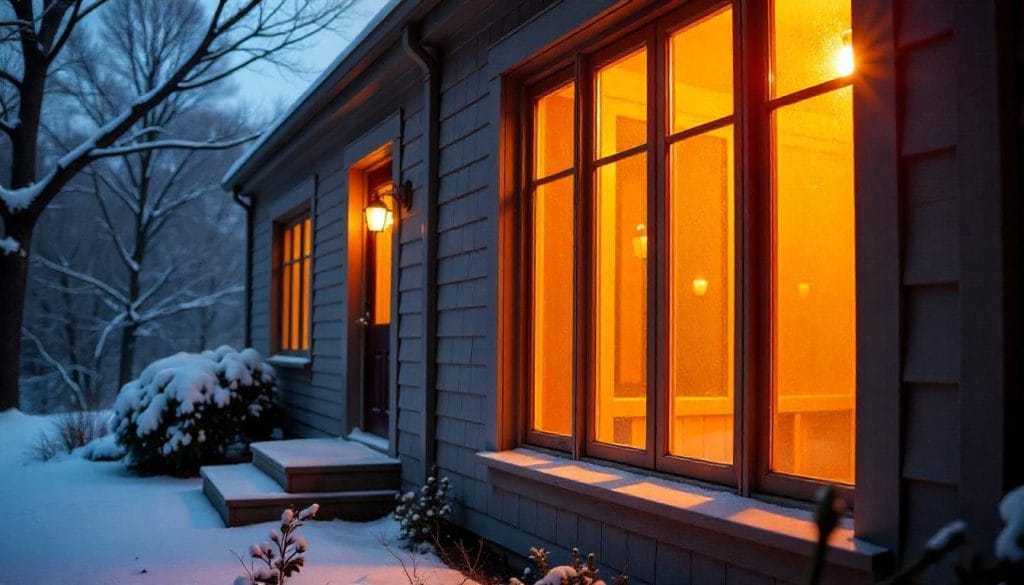The Ultimate Guide to Window Screens: Types, Benefits, and Buying Tips
The Ultimate Guide to Window Screens
When it comes to home comfort, energy efficiency, and keeping insects at bay, window screens are one of the most underrated yet essential components of any household. Whether you’re upgrading your current setup or building a new home, understanding the types, benefits, and considerations of window screens will help you make a smarter investment.
In this ultimate guide, we’ll break down everything you need to know about window screens so you can choose the right option for your needs—and boost your home’s value and functionality in the process.
What Are Window Screens?
Window screens are mesh panels installed in or over window frames. Typically made from materials like fiberglass, aluminum, or stainless steel, their primary function is to allow fresh air into your home while keeping insects, debris, and even dust out. But today’s screens go far beyond just pest protection—they can improve airflow, provide UV protection, enhance privacy, and even contribute to energy savings.
Benefits of Installing Window Screens
1. Insect Protection
The most obvious advantage of window screens is keeping bugs and pests out. This is especially crucial in summer months when mosquitoes, flies, and other insects are most active.
2. Improved Ventilation
Screens enable you to open your windows without worry, promoting natural airflow and reducing reliance on air conditioning.
3. Energy Efficiency
By allowing more fresh air into your home, screens can reduce the need for HVAC usage, lowering your utility bills.
4. UV and Sunlight Control
Some advanced screens are designed to block harmful UV rays, protecting furniture, flooring, and curtains from fading.
5. Increased Privacy
Certain screen types, like privacy or solar screens, provide visibility from inside while obscuring the view from outside.
6. Safety and Security
Security screens made from stainless steel or aluminum offer a strong barrier against forced entry attempts without compromising airflow.
Types of Window Screens
Choosing the right screen depends on your priorities—whether it’s bug protection, airflow, privacy, or aesthetics. Here are the most common types of window screens available:
1. Fiberglass Screens
Pros: Affordable, rust-resistant, flexible
Cons: Less durable than metal
Best For: Standard residential use
2. Aluminum Screens
Pros: Stronger than fiberglass, rust-resistant coatings available
Cons: Can dent or crease
Best For: Homes in areas with moderate weather
3. Stainless Steel Screens
Pros: Extremely durable, rust-resistant, great for security
Cons: Higher cost
Best For: Security-focused or high-traffic areas
4. Solar Screens
Pros: Block UV rays, reduce heat, protect interiors
Cons: Slightly reduce natural light
Best For: Sunny climates or rooms with a lot of direct sunlight
5. Retractable Screens
Pros: Discreet, customizable, good for large windows and doors
Cons: More expensive, may require professional installation
Best For: Modern aesthetics and versatile use
6. Privacy Screens
Pros: One-way visibility, enhanced privacy
Cons: May reduce airflow slightly
Best For: Bedrooms, bathrooms, or ground-floor windows
Factors to Consider Before Buying
Before purchasing new window screens, consider these important factors:
1. Climate
If you live in a humid or coastal area, choose rust-resistant materials like fiberglass or stainless steel. For hot, sunny climates, solar screens can help reduce heat.
2. Window Size and Style
Screens come in various sizes and should match your window dimensions. Some screen types—like retractable or custom-fitted ones—may be necessary for unusually shaped windows.
3. Maintenance
Look for screens that are easy to clean and maintain. Removable or hinged screens simplify the process.
4. Budget
Fiberglass is cost-effective, but if durability or security is a concern, it’s worth investing in higher-quality materials.
5. Pets
Pet-resistant screens are thicker and more durable, designed to withstand claws and scratches from dogs or cats.
Installation Options
You can either install screens yourself or hire a professional. DIY kits are available for standard windows and often come with easy-to-follow instructions. However, for custom, retractable, or security screens, professional installation is recommended for a perfect fit.
Maintenance Tips for Longevity
Clean Regularly: Use mild soap and water to clean your screens at least twice a year.
Inspect for Damage: Look for holes, tears, or rust spots and repair or replace promptly.
Store Removable Screens Safely: During harsh winters or storms, consider removing and storing them to prevent damage.
Eco-Friendly and Smart Screen Innovations
Today’s window screens are not just about function—they’re about technology and sustainability too. Some manufacturers now offer eco-friendly screens made from recycled materials or smart screens that integrate with automated window systems.
Insect screens can also be part of a “passive cooling” strategy in green homes, reducing the need for powered cooling systems and enhancing natural ventilation.
Window Screen FAQs
Q: Can I replace just the screen material without replacing the whole frame?
A: Yes, you can re-screen your windows using screen repair kits, which include mesh, spline, and a roller tool.
Q: How long do window screens last?
A: Fiberglass typically lasts 10–15 years, while metal options like aluminum or stainless steel can last up to 20+ years with proper care.
Q: Do window screens block Wi-Fi signals?
A: Metal screens may slightly interfere with Wi-Fi, especially if they are tightly woven. This is generally not an issue with fiberglass screens.
Final Thoughts
Window screens are a small detail that make a big difference in the comfort, safety, and efficiency of your home. With so many types and features available, taking the time to choose the right screen can enhance both your lifestyle and your home’s value. Whether you’re looking for simple bug protection, added privacy, or a modern retractable option, there’s a perfect screen for every window—and every budget.






